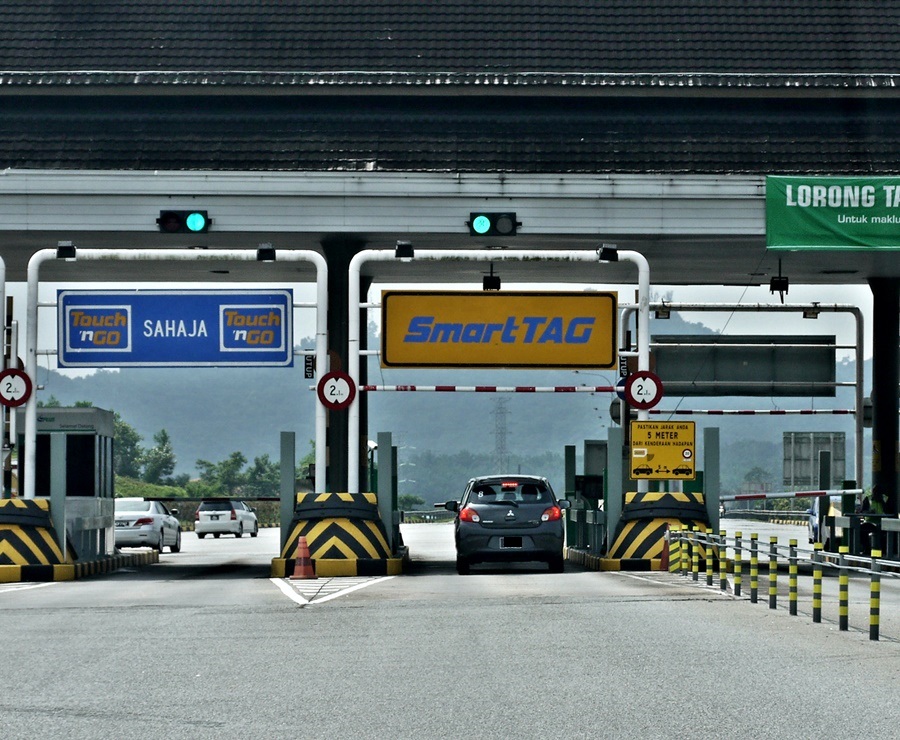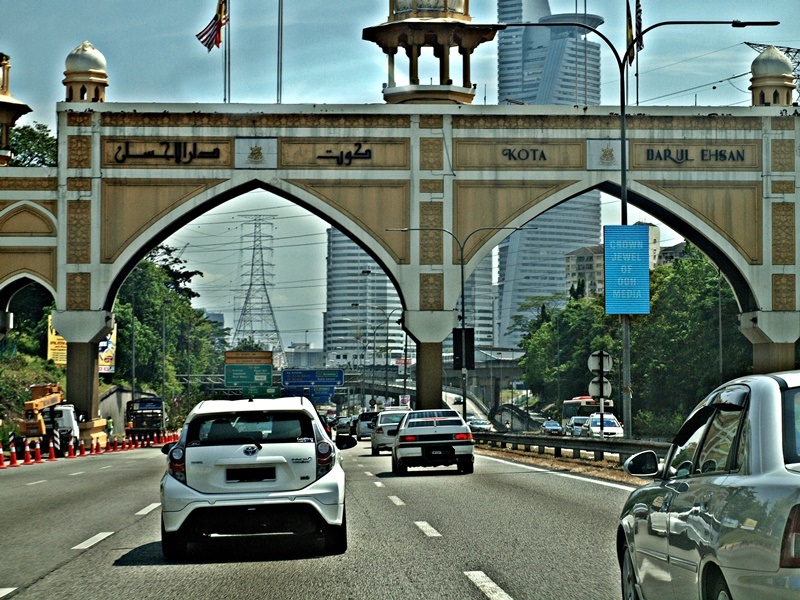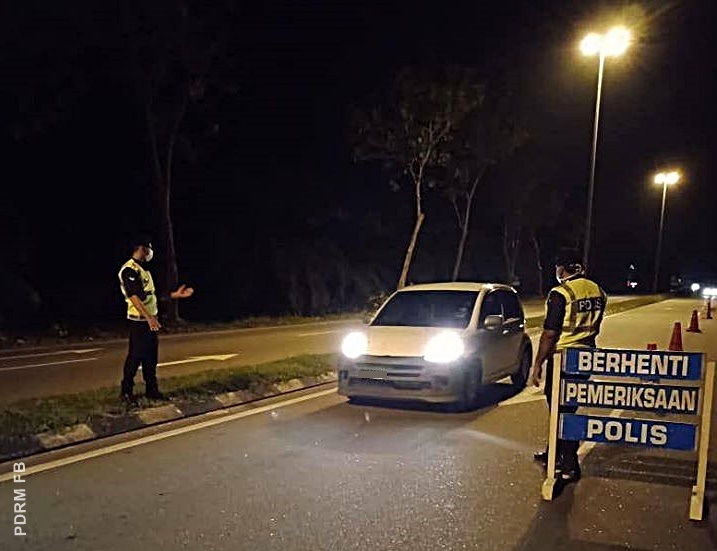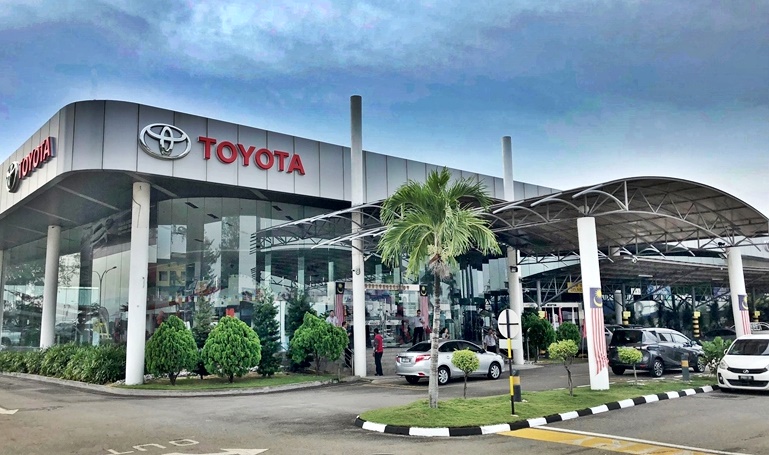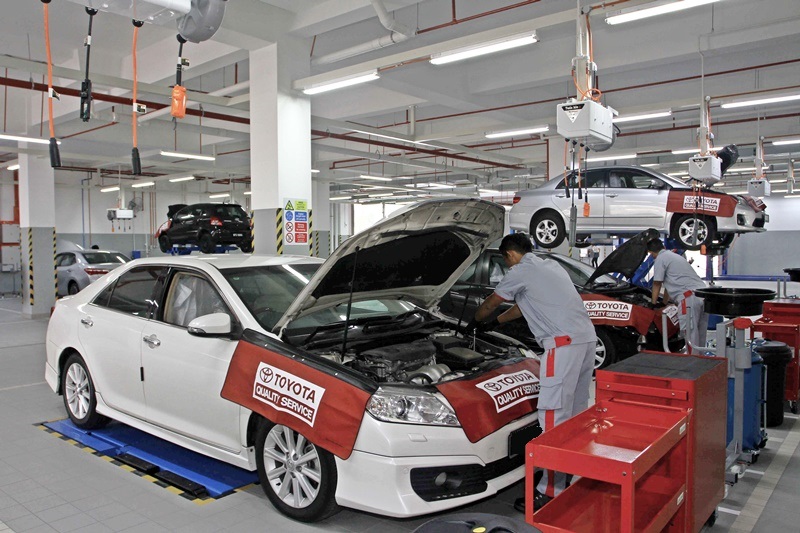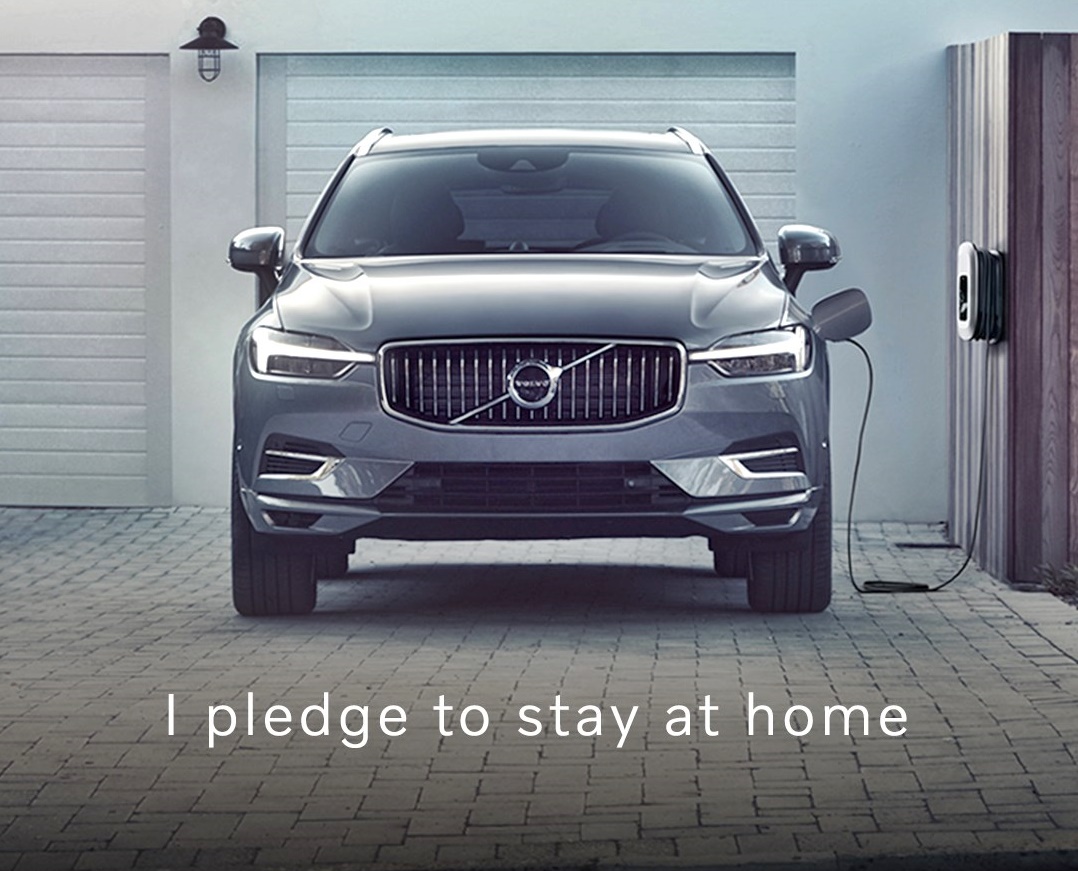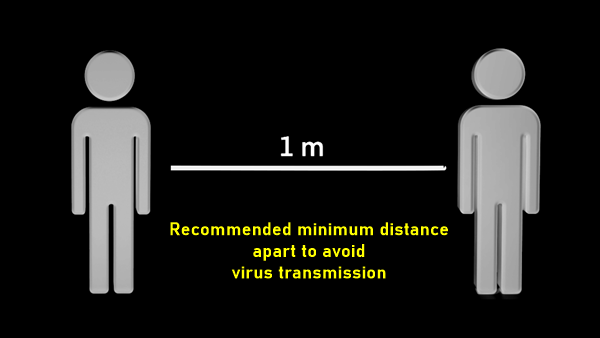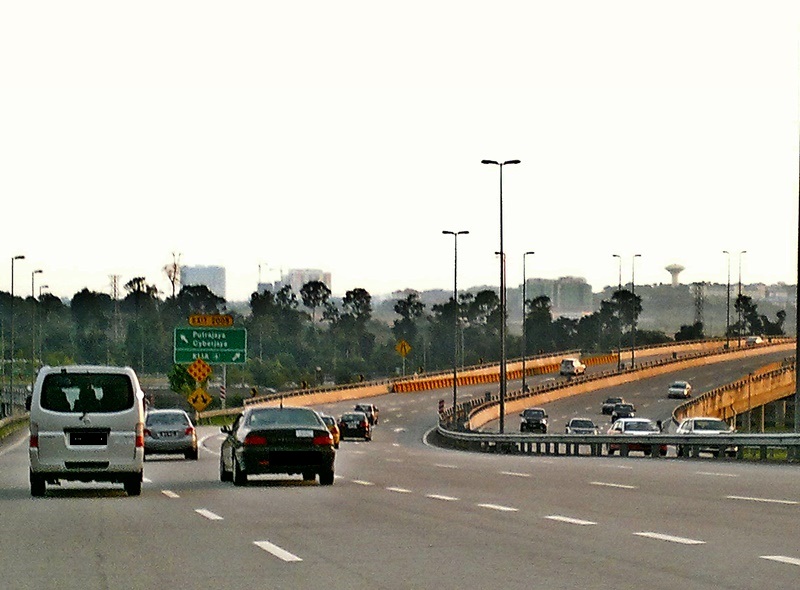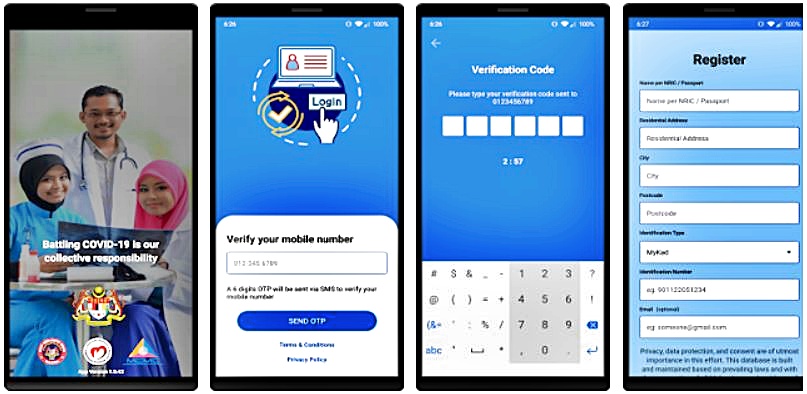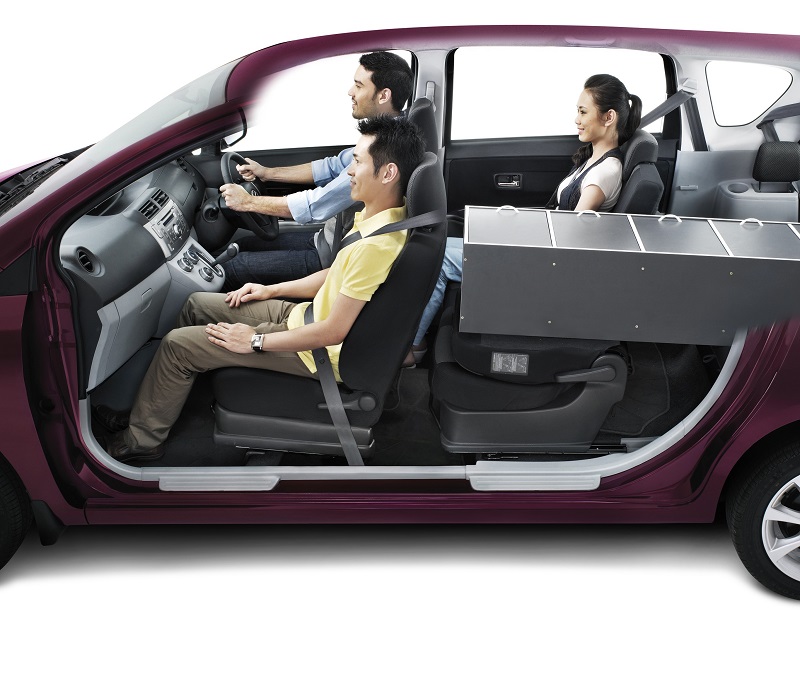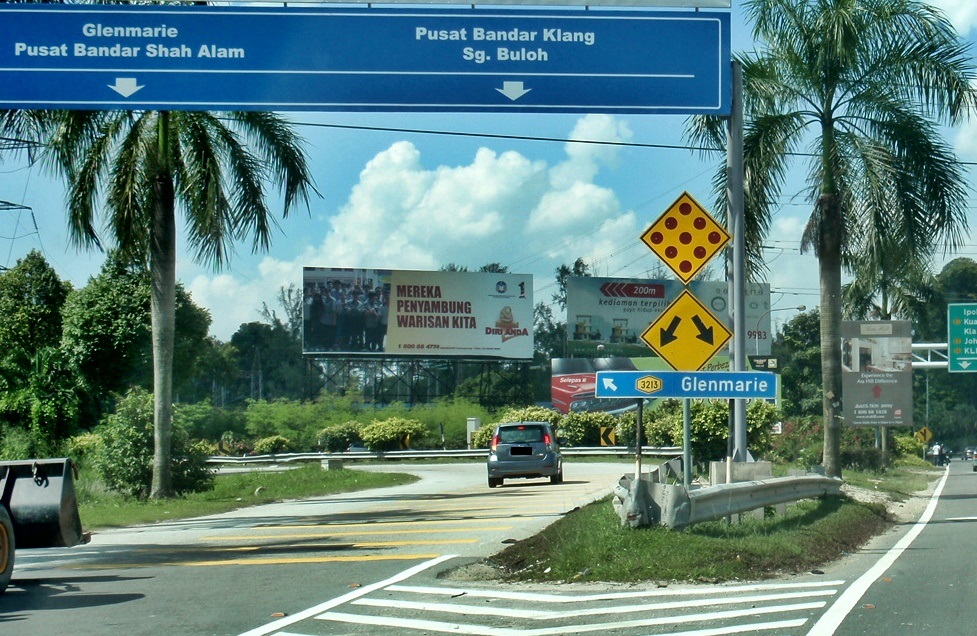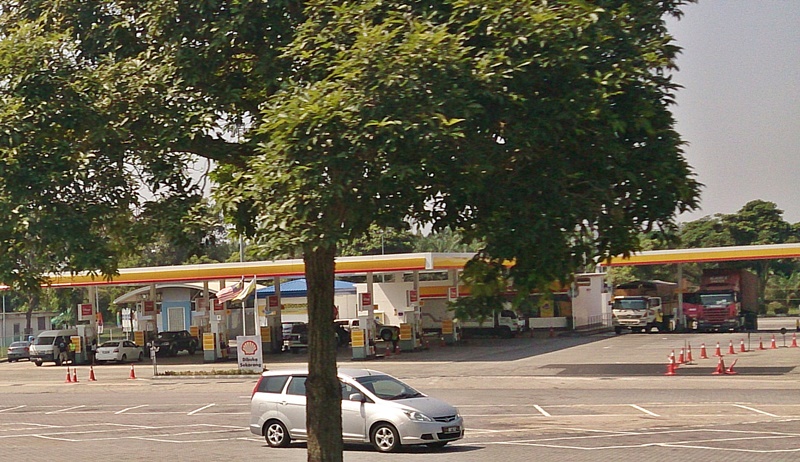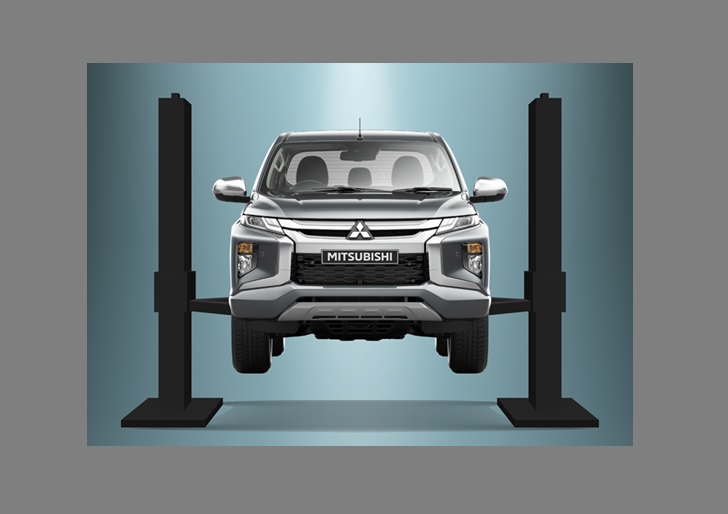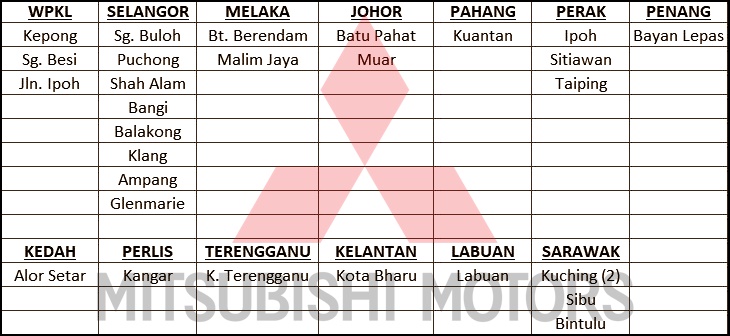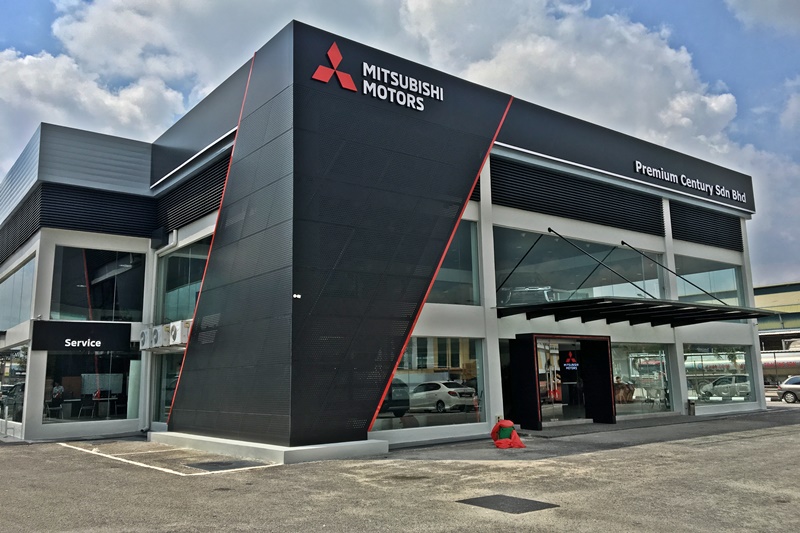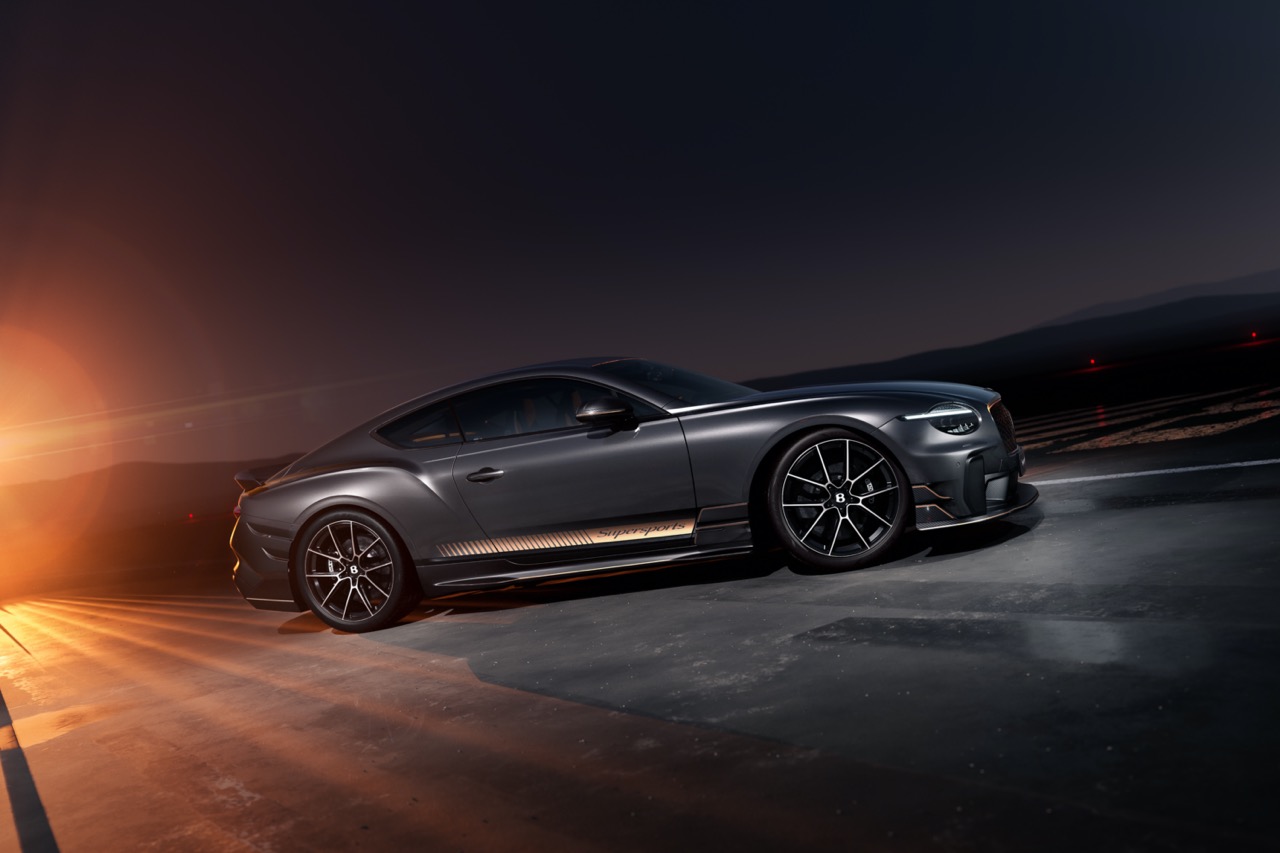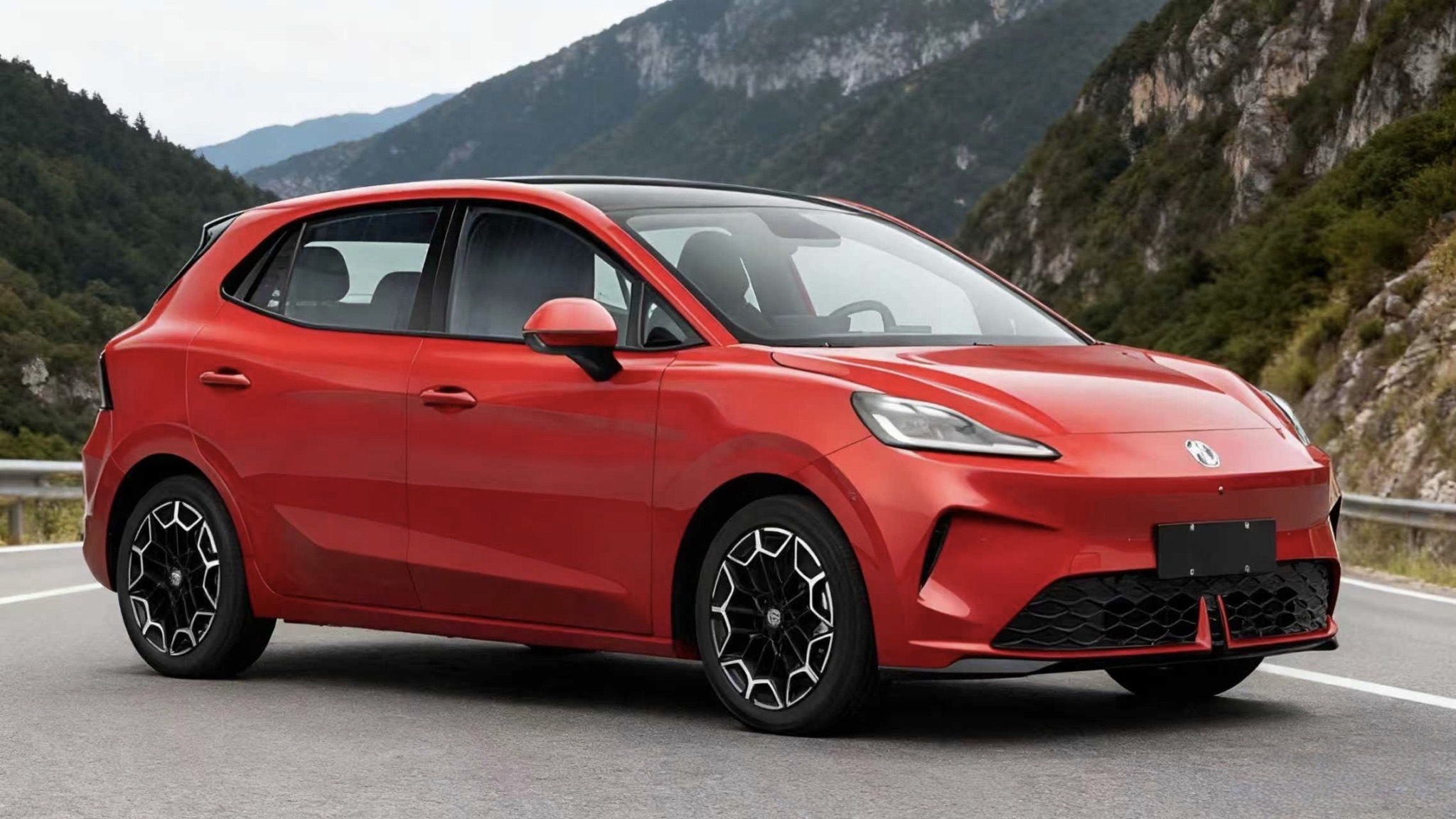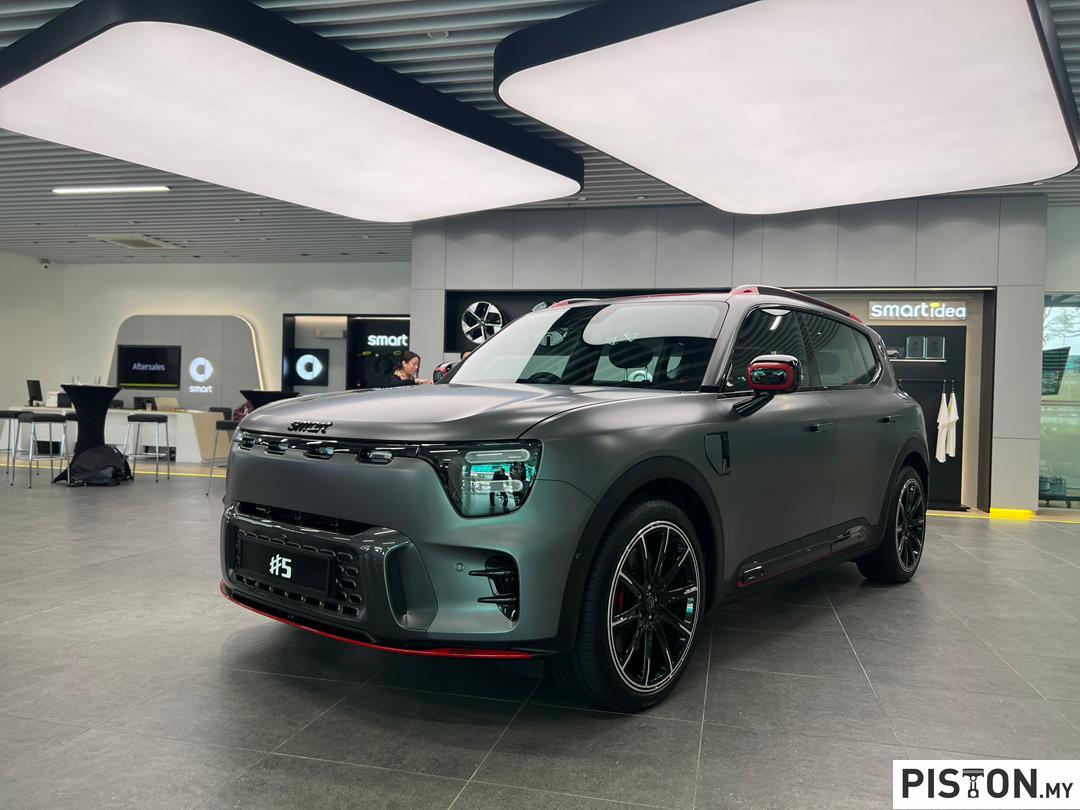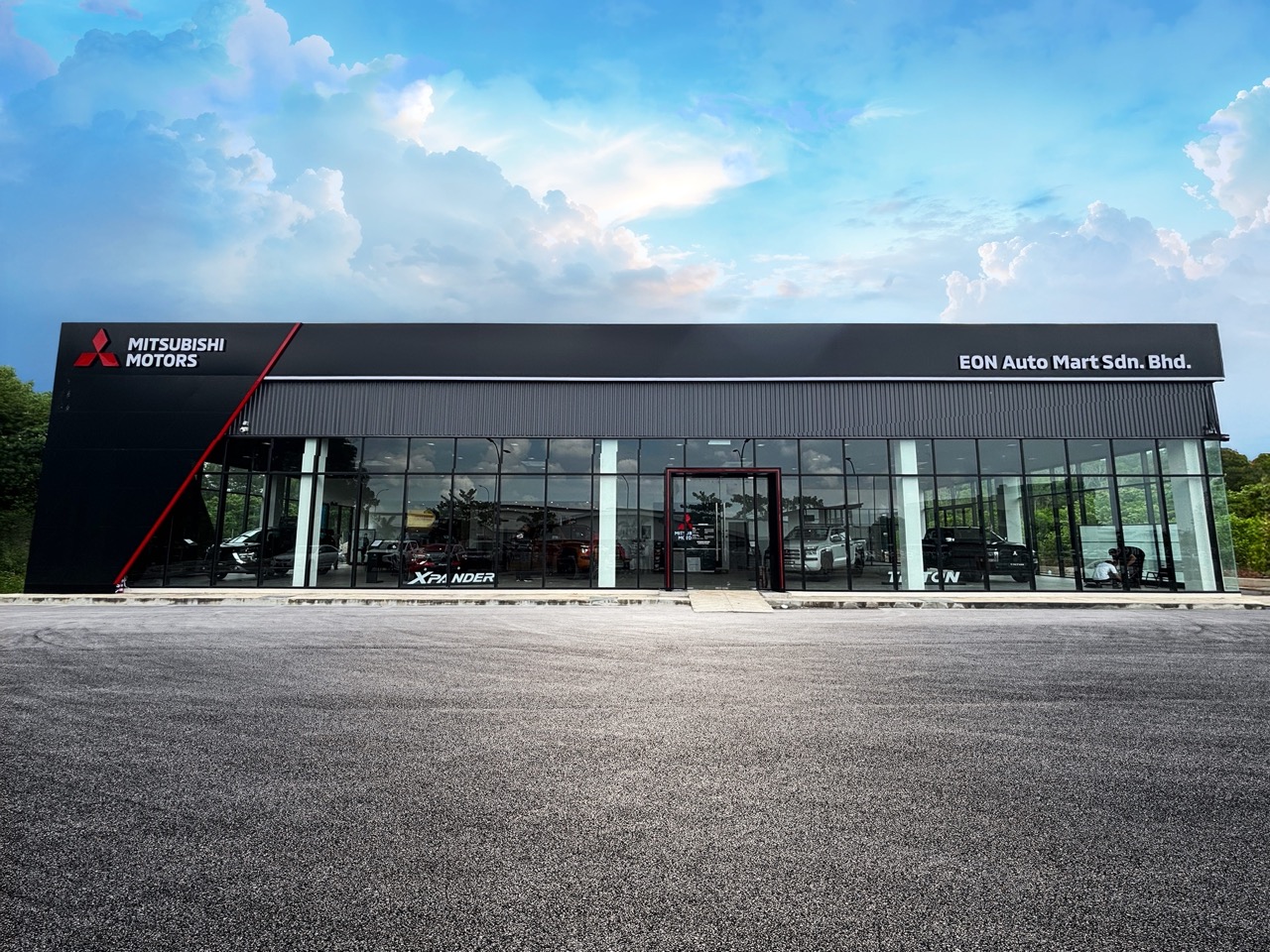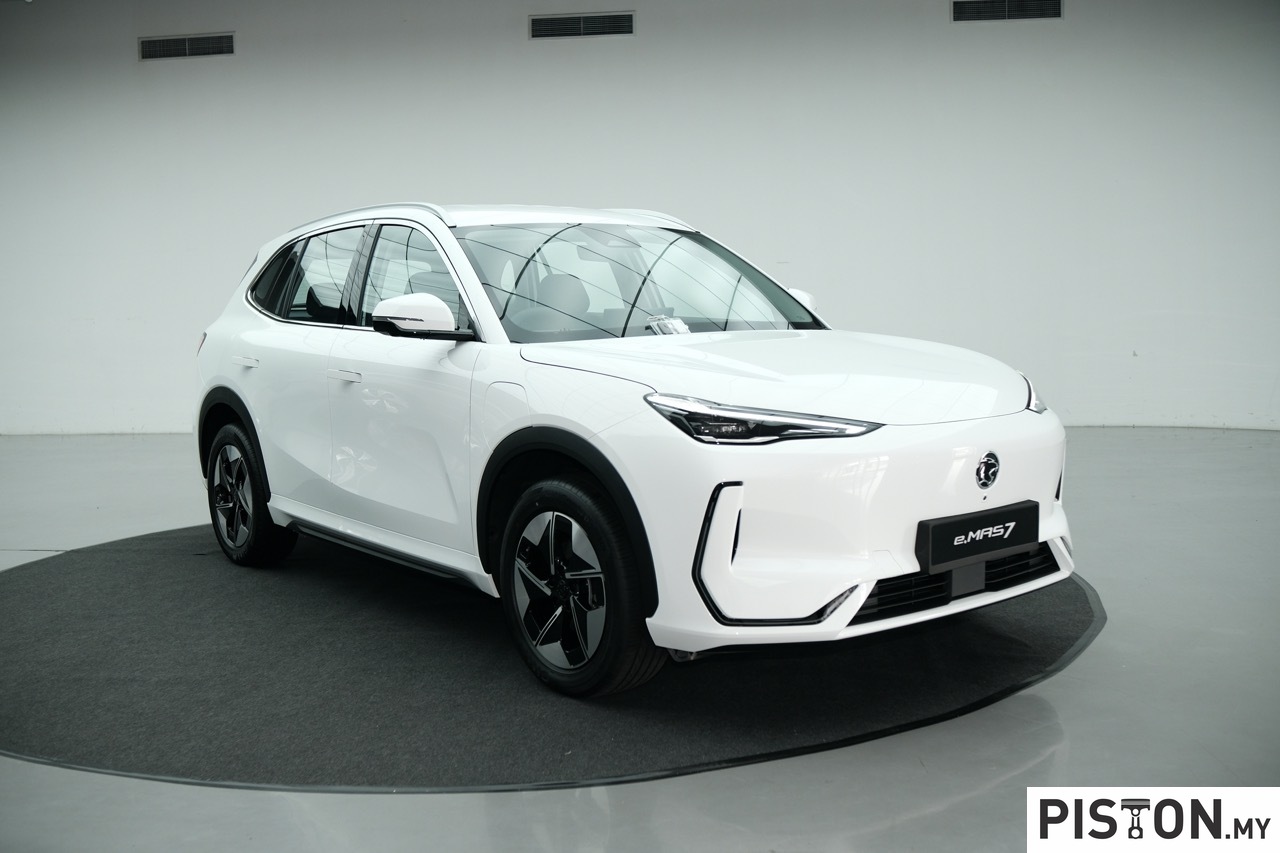The 10 km-limit to travel during the Movement Control Order (MCO) period is no longer in force. This was announced by Datuk Seri Ismail Sabri Yaakob, the senior minister in charge of the security cluster who speaks on behalf of the National Security Council, today.
It makes sense not to apply the limit now that businesses are being allowed to resume operations as workplaces for some may be further than 10 kms from their homes. The restriction on interstate travel remains and will continue till at least after Hari Raya since it has already been made clear that balik kampung journeys will not be permitted this year.
The only exception has been in the Klang Valley where the state of Selangor and Federal Territory of Kuala Lumpur have large populations and interlinked roads. Travel across the borders of these two territories has been permitted throughout the MCO period for those with valid reasons.
However, between May 7 and 10, permission is granted for interstate travel for those who have been stuck in other places since the MCO started. The police received over half a million applications for this exercise which will be conducted according to states of origin during each of the four days. Applications had to be submitted using the Gerak Malaysia mobile app and the police have said that there will be no approval message or notice sent to applicants. So if you have made the application properly online, you can proceed on the scheduled day. Should you be stopped at the roadblock, the police will be able to check on your travel details from the Gerak Malaysia app.
Related: Police release schedule of interstate travel from May 7 – 10
Initially, when the MCO started on April 18, the distance that could be travelled was not specified and it was assumed that people would be responsible enough to go to the closest places to their home to get essential items. However, the police began to find that there were also people who took advantage of the allowance to leave home for such purposes, travelling further than necessary.
There were reports from Penang of people from the island insisting on crossing to the mainland to buy their favourite food. The police did not allow that and ordered them to turn around and became stricter in enforcement, inconveniencing the majority who followed the regulation and had valid reasons to travel further.
This led to the imposition of the 10-km limit on April 1 as the first extension of the MCO started. For the majority, the range was reasonable but there were some cases where people requiring specific medical treatment regularly found that they were not allowed to go to their usual clinic or hospital because it was more than 10 kms away. Eventually, an announcement was made that if there were valid reasons, supported by documents, then such an issue should not occur and they could be allowed to do so.
The other restriction has been the number of people in a vehicle. For much of the MCO period, only one person has been allowed in the vehicle, the driver of course. The idea behind this restriction was mainly related to distancing but many wondered what the difference was when you travelled in a taxi with a passenger. The risks of virus transmission would also be there and in fact be greater since a taxi would carry different people during the day. Nevertheless, the restriction remained and some people who refused to follow it found themselves arrested and fined RM1,000.
It is only recently, with the easing of the MCO conditions, that more than one person has been allowed in the vehicle. At first, two persons were allowed but very quickly, this was increased to 4 persons. The condition, however, is that they must be from the same household. The logic behind this is that since they (assumed to be family members) are already in close contact within the home, it should not make much difference anyway being together in the car. This was a much welcome move for parents with children or older folks who needed to go out.
Related: More than 2 persons allowed in a car from tomorrow, but must be from same home
While the restrictions are gradually being removed, it must be noted that the MCO is still on and there are still elements being enforced. Social distancing is one of the important measures so if you are at a petrol station, be sure to stay at least a metre apart from another person. Wearing a facemask, while not mandatory, is also a good idea if you are out of the home. And, of course, frequent washing of hands is important to reduce the risk of infection as well.

